Discover Asia’s amazing world heritage
03.06.2018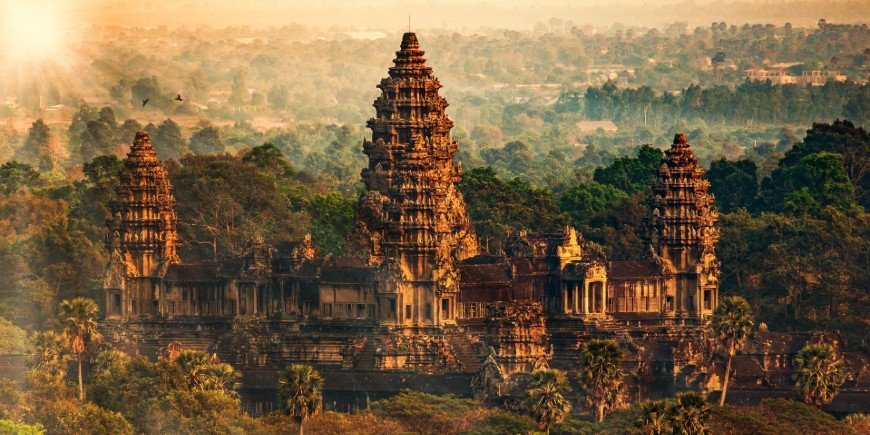
South-east Asia offers a vast array of magnificent cultural and natural areas listed as UNESCO World Heritage Sites.
UNESCO’s World Heritage List is a list of historically important cultural and natural world heritage sites. The sites often illustrate important eras in a country’s history, which have also had an impact on the current civilisation of the country.
For tourists, visits to UNESCO World Heritage Sites are often synonymous with wonderful experiences.
Below are nine fascinating UNESCO sites you can visit on your next holiday in East and South-east Asia.
Borobudur in Java, Indonesia
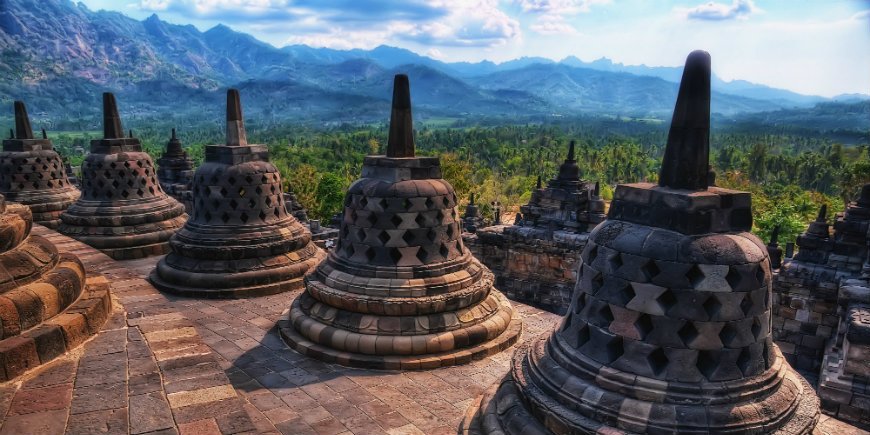
When exploring the island of Java, Borobudur is a must-see.
Borobudur is the world’s largest Buddhist monument. The temple was built by the Sailendra dynasty in the 8th and 9th centuries, and abandoned in around the 15th century. After that, Borobudur remained deserted for hundreds of years.
It was rediscovered in the 19th century by Java’s British governor Sir Thomas Standford Raffles. At that time, Borobudur was completely covered in ash from a volcanic eruption.
When you visit Borobodur, you can climb to the top of the huge monument, which has the construction of a step pyramid.
On your way up the temple, you will discover the many beautiful statues and reliefs that tell the story of Buddha’s life. From the top, you enjoy a fantastic view of green forests and mountains.
The old town of Hoi An, Vietnam
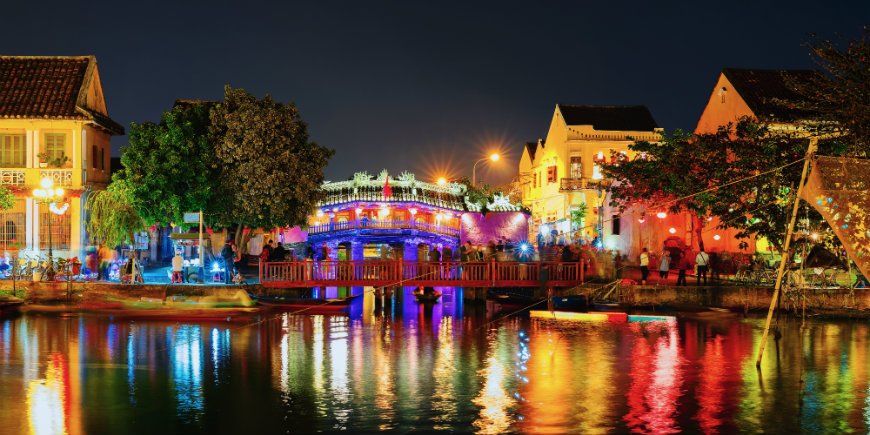
In central Vietnam, you will find the city of Hoi An and its charming old town.
The district is a UNESCO World Heritage Site, as it is an example of a very well-preserved trading town from the 15th to the 19th century.
Over time, the district has been influenced by Chinese, Japanese and European culture, giving the city a unique atmosphere and look. Discover sights such as The Japanese Bridge, which is built in Japanese style.
The bridge was built by the Japanese inhabitants, connecting the Japanese with the Chinese merchants who lived on the other side of the river in the 17th century. Today, the Japanese Bridge is one of Vietnam’s most famous bridges, and a symbol of Hoi An.
The old town takes on a whole new atmosphere in the evening as several of the streets are lit up by colourful paper lanterns. So after dark, you can take some beautiful pictures of the Japanese Bridge, which is also illuminated, the city’s old streets and all the paper lanterns.
The Central Highlands, Sri Lanka
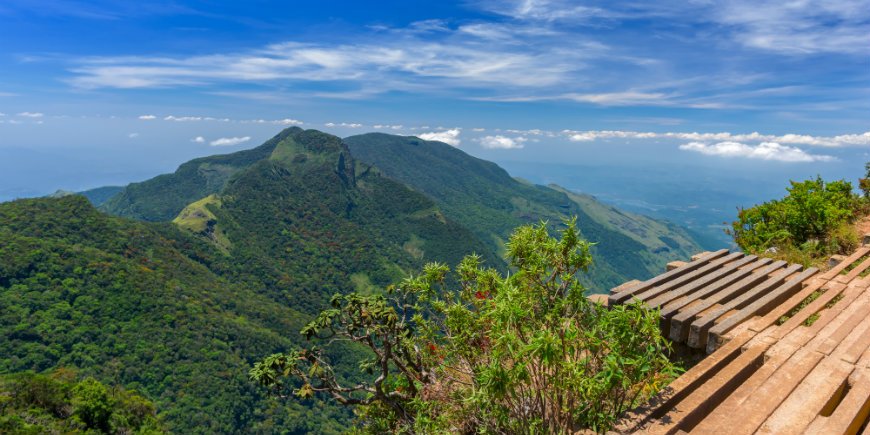
Sri Lanka’s Central Highlands are a UNESCO World Heritage Site due to their great biodiversity.
The Highlands are divided into three areas: the Peak Wilderness Protected Area, Knuckles Conservation Forest and Horton Plains National Park.
The areas have abundant wildlife and are home to leopards, wild boar and sambar deer. There are also plant species that do not grow elsewhere in the country, tea plantations and roaring waterfalls.
On selected tours to Sri Lanka, you will visit Horton Plains, one of Sri Lanka’s stunning national parks. One of the highlights of your hike in Horton Plains is the “World’s End” viewpoint.
Standing at the edge of World’s End, you look 1,000 metres down into the abyss. The viewpoint also offers stunning views over the mountains of the national park, which are covered with cloud forest, and on a clear day, you can see all the way to Sri Lanka’s south coast.
Luang Prabang, Laos
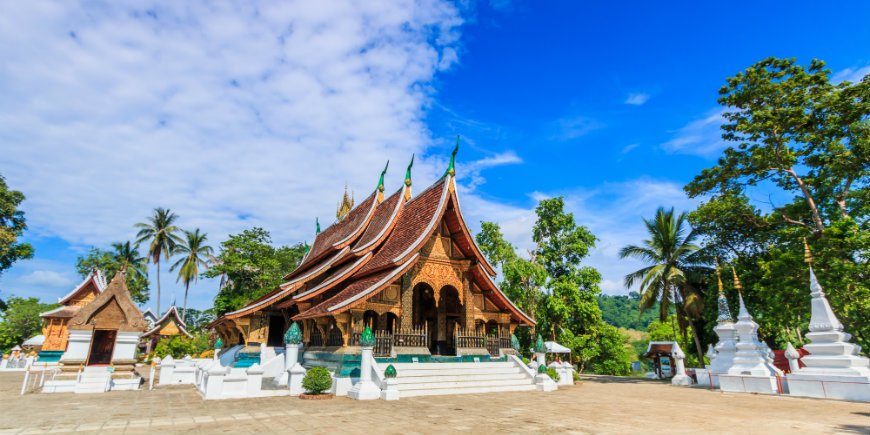
In northern Laos is the city of Luang Prabang – one of Laos’ biggest attractions.
The entire city is a UNESCO World Heritage site due to its unique mix of Laotian and European architecture from the colonial era in the 19th and 20th century.
A prime example of this is the city’s famous attraction, the Royal Palace Museum, which is a mix of French and Laotian architecture.
The palace, which was built between 1904 and 1909, was previously the home of the royal family. Today it is a museum. One of the main attractions of the museum is the Prabang Buddha – a 83-cm tall Buddha, made of gold.
Luang Prabang is also surrounded by stunning scenery, and you can, for example, visit the famous Kuang Si Falls. If you wish to relax, you can simply enjoy Luang Prabang’s relaxed atmosphere or visit some of the city’s cafés and restaurants.
Shirakawa-go and Gokayama, Japan
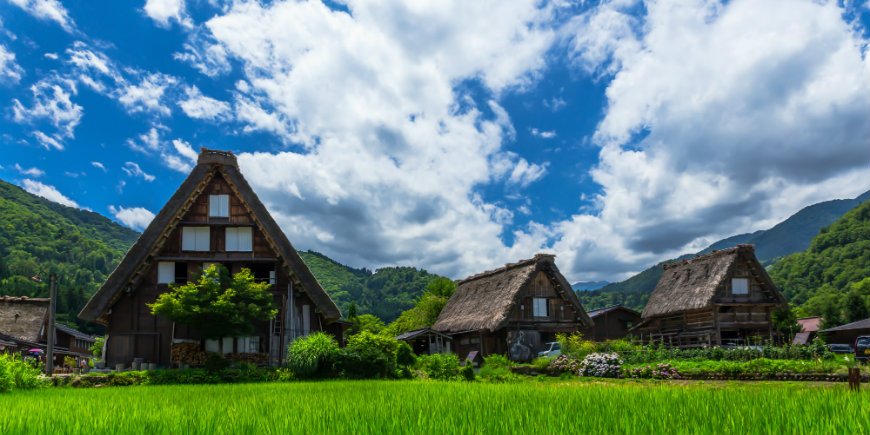
Shirakawa-go and Gokayama are two small Japanese villages located in the Japanese Alps in central Japan – secluded and cut off from the rest of the world.
The villages are famous for their gassho-zukuri farmhouses.
Gassho-zukuri means “constructed like hands in prayer”, as the farmhouses’ steep thatched roofs resemble the hands of Buddhist monks pressed together in prayer.
The houses are around 300 years old, and their architecture is not found elsewhere in Japan, hence the villages’ listing as a UNESCO World Heritage Site.
The villages were founded in the 11th century. For many years, it has been very difficult to travel there due to their remote location and weather conditions – this is the area of Japan where the most snow falls.
Contact with the outside world was therefore very limited. As a result, the communities have had their own unique traditions and ways of living, making them good examples of how cultures adapt to their surroundings.
Sukhothai Historical Park, Thailand
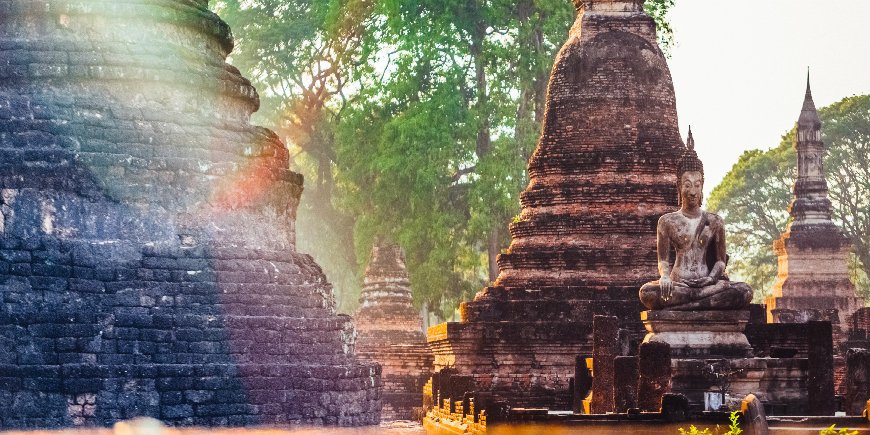
Located in central Thailand is Sukhothai Historical Park.
Sukhothai Historical Park is the ruins of Sukthohai, the capital of northern Thailand (the kingdom of Sukhothai) in the 13th and 14th centuries. This is thought to be where the Thai civilisation originated in the 13th century.
Today, 190 ancient and beautiful ruins of temples and the ancient royal palace are scattered throughout the park. The area is a UNESCO World Heritage Site because it has several monuments that have formed the basis of Thai architecture.
The largest and most visited construction in the park is Wat Mahathat, built between 1292 and 1347, and the religious epicentre of the kingdom. Here, you will discover a huge sitting Buddha carved out of stone.
Explore the park’s statues, pagodas and temple ruins on two wheels – it’s a fun way to experience the park.
The Great Wall of China
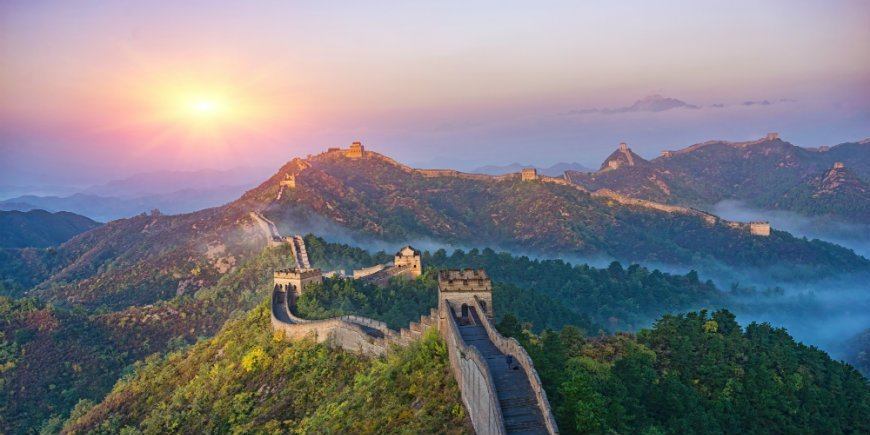
The Great Wall is one of the most impressive constructions in the world. Not only is the wall a UNESCO World Heritage Site, but it is also honoured as one of the New Seven Wonders of the World.
The wall has been built over several centuries. Construction began around 220 BC, when sections of fortifications were joined to form one defence system, and the construction continued right until the Ming Dynasty (1368–1644 AD). The wall was originally built to prevent invasion from the north.
The construction is not actually one long wall, as the name suggests, but consists of several sections of wall built in continuation of one another. What we consider to be the Great Wall of China today is the section built during the Ming Dynasty. This section measures 8,851.8 km, including ditches, trenches and natural barriers such as rivers.
Visit, for example, the wall at Mutianyu, north of Beijing, which is one of the best preserved sections of the wall.
Sumatra’s tropical rainforest in Sumatra, Indonesia
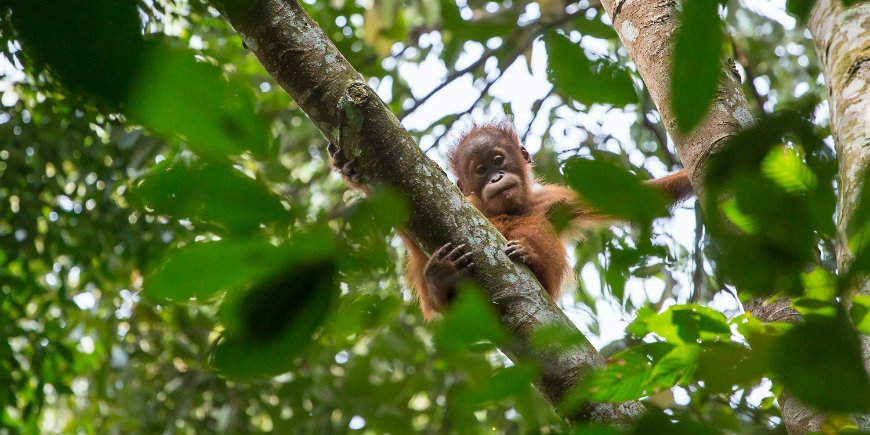
If you are into lush nature and an exciting wildlife, you should visit Sumatra’s beautiful rainforest.
The rainforests are divided into three different national parks and have great biodiversity, hence their naming as a UNESCO World Heritage Site. The rainforest is home to the Sumatran tiger, the rhino, the elephant and the Malayan sun bear, found only in the Indonesian region. There are also plants here not found elsewhere in the world.
To experience Sumatra’s rainforest, visit the city of Bukit Lawang, located by the lush rainforest of Gunung Leuser National Park. From here, you can trek in the rainforest, which is one of the best places to spot Sumatra’s rare orangutans, which only live here.
Angkor, Cambodia
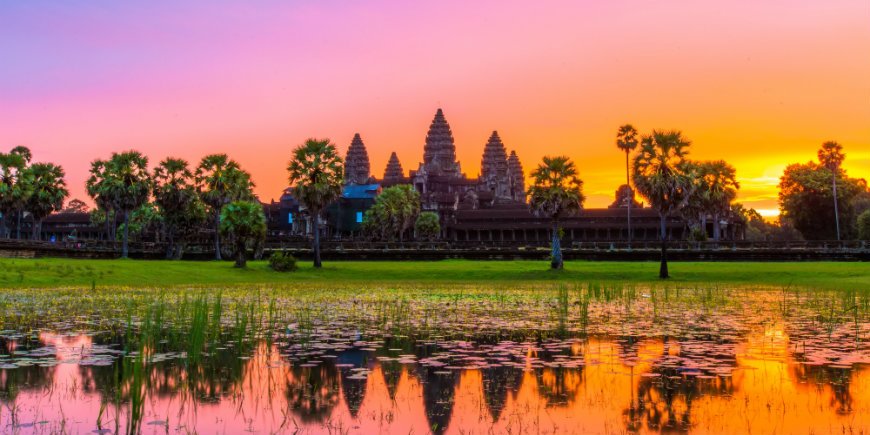
Angkor in Cambodia is one of the most important archaeological sites in South-east Asia.
The complex is a UNESCO World Heritage Site because the area contains many incredibly well-preserved and beautiful temples from the Khmer Empire, which was in power from the 9th to the 15th century, and was based in Angkor.
The architecture and the detailed decoration in Angkor tell us about the culture, religion and symbols of the Khmer Empire. The way that Angkor was embellished during the Khmer Empire became widespread throughout South-east Asia.
The most famous of the temples – and Cambodia’s biggest attraction – is Angkor Wat, one of the largest religious monuments ever to have been built. The middle tower is 65 metres high and surrounded by four smaller towers.
Discover the world heritage of your next holiday
Want to experience UNESCO World Heritage on your holiday in one of Asia’s fascinating countries?
Asia is brimming with exciting UNESCO sights and attractions!
Regardless of whether they are natural or man-made, the sites are always unique to their location.
TourCompass – From tourist to traveller
